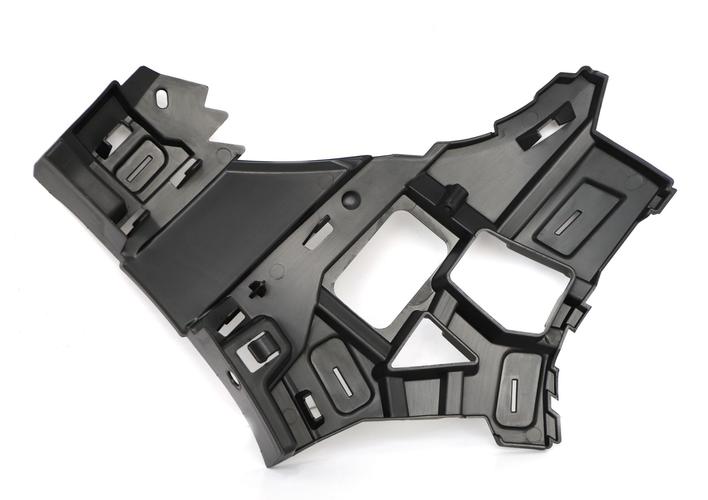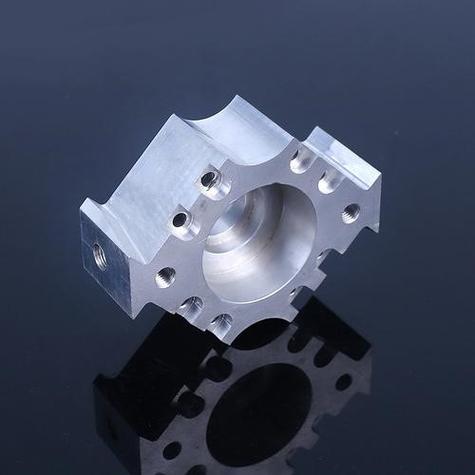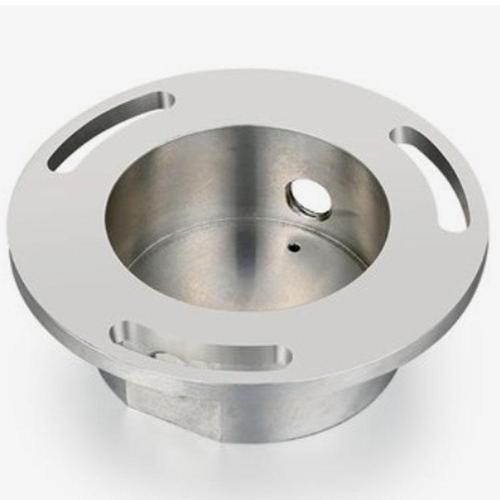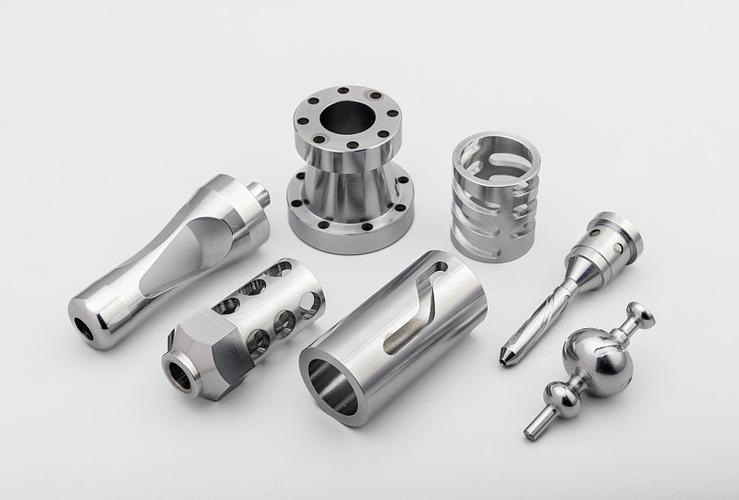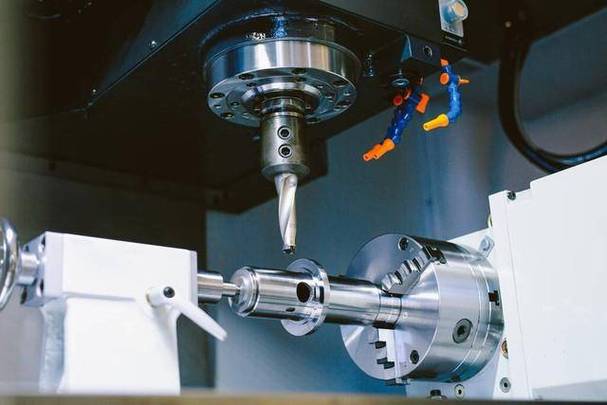In the realm of modern manufacturing, CNC machining and 3D printing have emerged as two prominent technologies, each with its unique characteristics and applications. Let’s explore and compare these two methods from the following aspects:
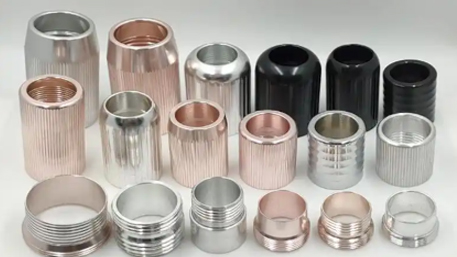
1. Process Principles
CNC machining is a subtractive manufacturing process. It starts with a block or stock of material, and a cutting tool is used to remove excess material to create the desired shape. The tool moves along precise paths determined by a computer program, controlled by numerical commands.
3D printing, on the other hand, is an additive manufacturing process. It builds the object layer by layer by depositing or solidifying material based on a digital model. Common 3D printing methods include fused deposition modeling (FDM), stereolithography (SLA), and selective laser sintering (SLS).
2. Materials
CNC machining is compatible with a wide range of materials, especially metals such as aluminum, steel, titanium, and various alloys, as well as plastics and composites. The choice of materials is often determined by the specific requirements of the final product in terms of strength, durability, and heat resistance.
3D printing also offers a diverse range of materials, but the options are somewhat limited compared to CNC machining. Commonly used materials in 3D printing include thermoplastics like PLA and ABS, resins for SLA, and special powders for SLS. However, advancements are constantly expanding the material palette for 3D printing.
3. Precision and Surface Finish
CNC machining typically offers higher precision and better surface finish. It can achieve tight tolerances, often within a few microns, making it suitable for parts that require extremely accurate dimensions and smooth surfaces.
While 3D printing has improved significantly in terms of precision and surface quality, it may still have some limitations compared to CNC machining. The layer-by-layer construction of 3D printed objects can sometimes result in visible layer lines and slightly rougher surfaces, although post-processing techniques can mitigate these issues.
4. Complexity and Geometric Freedom
3D printing excels in creating complex and intricate geometries that would be challenging or impossible to produce with CNC machining. It can easily handle internal cavities, undercuts, and complex organic shapes without the need for complex tooling or setups.
CNC machining is more suitable for parts with simpler geometries and features that are accessible to the cutting tools. However, with multi-axis CNC machines, the range of achievable geometries has expanded, but it still has certain constraints compared to the full geometric freedom of 3D printing.
5. Production Speed and Volume
CNC machining is often faster for producing large quantities of parts, especially for simple geometries. The cutting process is relatively quick once the setup is complete.
3D printing can be slower for large production runs, especially for larger objects, as the layer-by-layer build process takes time. However, for small batches or one-off custom parts, 3D printing can be quicker as it doesn’t require extensive setup and tool changes.
6. Cost
The cost of CNC machining depends on factors such as material cost, machine time, and tooling expenses. For large production volumes, the cost per part can be relatively low due to economies of scale. However, for small batches or complex parts, the setup costs and tooling changes can make it expensive.
3D printing has a higher initial investment in the printer itself, but for small and complex parts or prototypes, it can be more cost-effective. The cost of materials for 3D printing can also vary, and the price per part may not decrease significantly with larger production volumes.
7. Design Constraints and Iterations
In 3D printing, design changes and iterations are relatively easy. Since the manufacturing process is based on a digital model, modifications can be made quickly and new prints can be produced without significant retooling or setup adjustments.
CNC machining may involve more time and effort to make design changes, especially if it requires new tooling or reprogramming. However, once the process is optimized for a particular design, it can produce parts consistently with high efficiency.
8. Application Areas
CNC machining is widely used in industries such as aerospace, automotive, and medical, where high precision and strength are crucial. It is ideal for manufacturing functional components, molds, and prototypes that need to withstand heavy loads and demanding operating conditions.
3D printing finds applications in rapid prototyping, custom product development, and the production of complex geometries where traditional manufacturing methods are not feasible. It is also used in industries like dentistry, jewelry making, and architecture for creating unique and personalized items.
9. Post-Processing
Both CNC machining and 3D printing often require post-processing steps. In CNC machining, this may include deburring, polishing, and surface treatments like anodizing or coating.
For 3D printed parts, post-processing can involve sanding, smoothing, dyeing, or additional support removal depending on the printing technology used.
10. Sustainability
When it comes to sustainability, 3D printing can be more material-efficient as it adds material only where needed, minimizing waste. However, the choice of materials and the energy consumption of the printing process also play a role.
CNC machining generates more waste material, but efforts are being made to recycle and reuse the chips and scraps.
In conclusion, both CNC machining and 3D printing have their strengths and weaknesses, and the choice between them depends on specific project requirements, production volumes, design complexity, and other factors. Often, a combination of these technologies can be employed to achieve the best results in manufacturing.

